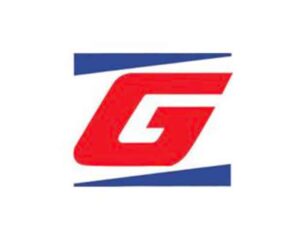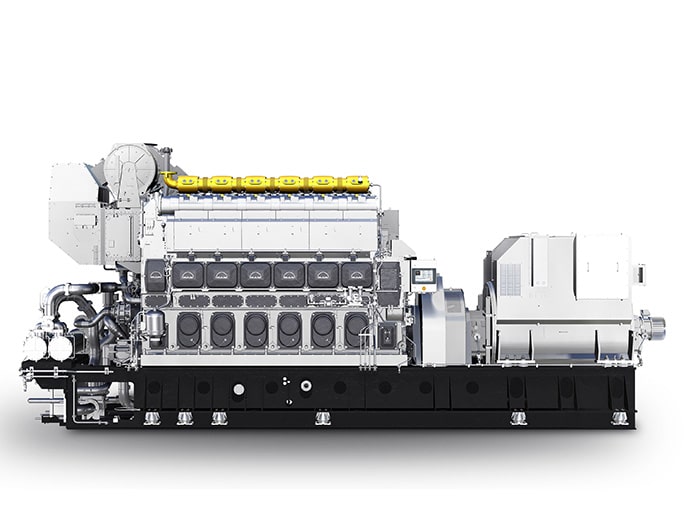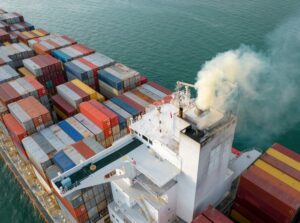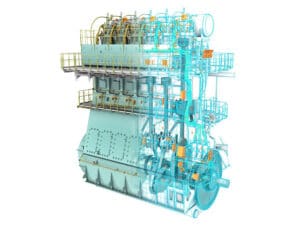
MAN ES launches future-proof auxiliary engine
Written by Nick Blenkey
The MAN 35/44DF CD auxiliary engine
MAN Energy Solutions has introduced its latest engine, an MAN 35/44DF CD auxiliary engine type. Developed in cooperation with Korea’s STX Engine and solely for production by MAN licensees, the new engine is particularly aimed at containership and LNG carrier applications.
The genset was developed with the clear aim of cutting down CAPEX and OPEX costs and to be future-proof for decades to come. It is based on the mature and proven MAN 35/44DF CR and MAN 32/44CR engines. Used in a multitude of applications over many years and with millions of running hours, they form the basis for the new engine’s operational safety and low maintenance requirements.
The 35/44DF CD incorporate a number of features for reducing greenhouse gas emissions, such as methane slip, which it reduces by up to 85% compared with market standards.
MAN Energy Solutions says that it expects the first delivery of the new auxiliary engine by mid-2024, with the first unit starting commercial operation from 2025.
“We specifically developed the MAN 35/44DF CD in close collaboration with STX Engine to optimize the requirements of an auxiliary engine,” said Sephardim Koblenz, head of licensing at MAN ES. ”Among other characteristics, both shipyards and shipowners greatly appreciate auxiliary engines that are easily installed and maintained, while reliability and cost-optimization are also key.”
METHANOL READY
“A major advantage of the 35/44DF CD, besides its powerful output, is its focus on cutting methane slip and positioning itself as future-fuel ready,” said Alexander Knafl, head of R&D engineering, four-stroke at MAN ES “This includes being ready for dual-fuel methanol operation by 2026.”
The MAN 35/44DF CD is characterized by:
- CAPEX/OPEX-optimized design;
- easy integration by shipyards, low engine-room investment;
- full digitalization and connectivity with state-of-the-art cyber security;
- methane-slip reduction technology as standard, delivering up to 85% lower methane slip compared to market standards;
- compact footprint with multiple layout options for engine-room flexibility;
- highest power output in segment with 560 kW/cylinder; leading to fewer cylinders or even engines for same power output per vessel
- fuel flexibility, including biofuels, gas and also future-fuel methanol-ready.




